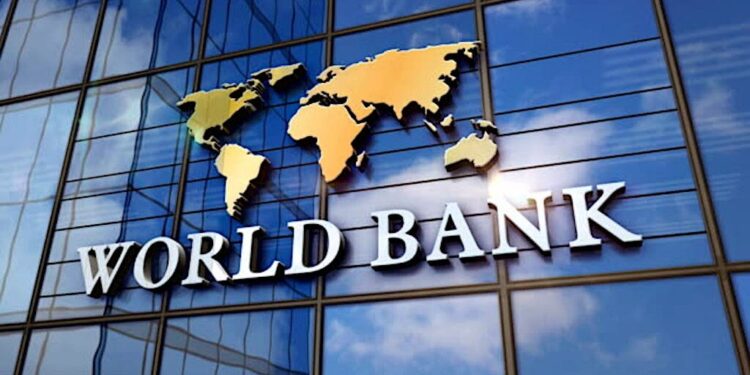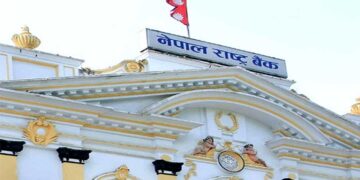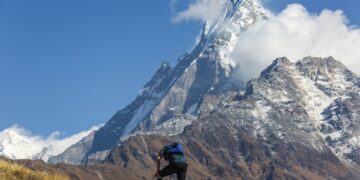The World Bank has sharply revised Nepal’s economic growth forecast for 2026 to just 2.1 percent, citing the Gen Z uprising and ensuing political instability as major contributors to the slowdown. The new estimate represents a significant drop from the earlier projection of 4.6 percent.
Releasing the Nepal Development Update report in the presence of Finance Minister Rameshwar Khanal, the World Bank noted that the unrest and uncertainty triggered by the youth-led movement have weakened investor confidence and disrupted economic activities—particularly in the service sector, the hardest-hit segment of the economy.
The report forecasts a recovery in 2027, with economic growth projected to rise to 4.7 percent as reconstruction efforts advance. However, it cautions that continued instability could suppress private investment unless political stability and prudent fiscal management are ensured.
According to the report, total capital expenditure by federal, provincial, and local governments reached only 7.9 percent of GDP last fiscal year—well below the 10–15 percent of GDP investment required to meet Nepal’s infrastructure development needs.
The World Bank stressed that beyond immediate recovery, Nepal must focus on long-term structural reforms to achieve sustainable and inclusive economic growth.
The Nepal Development Update—published twice annually—provides key insights into Nepal’s macroeconomic performance, fiscal health, and policy priorities.










